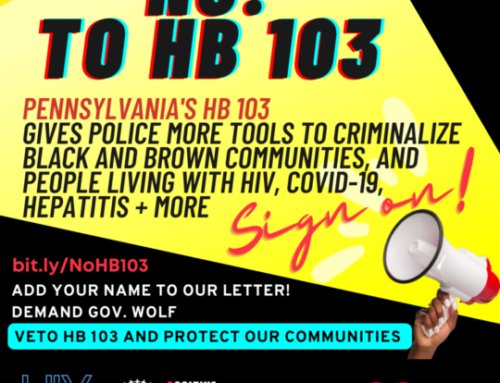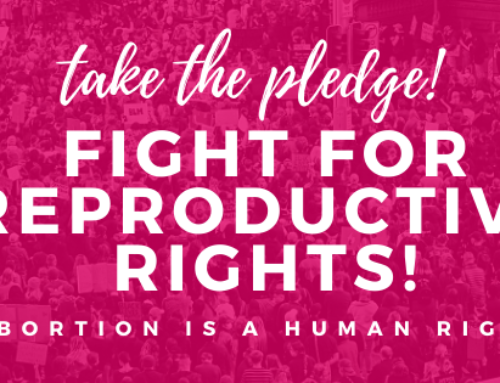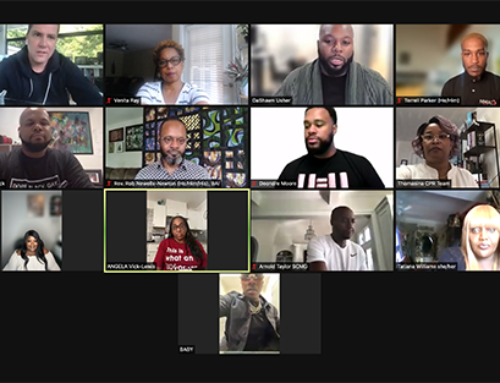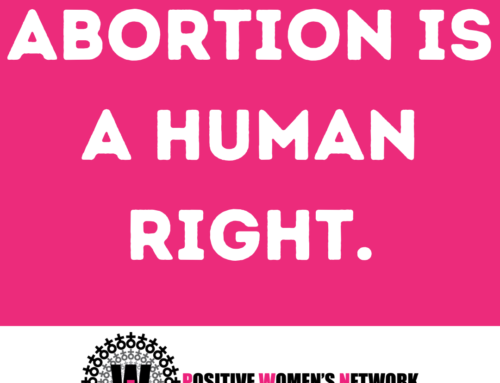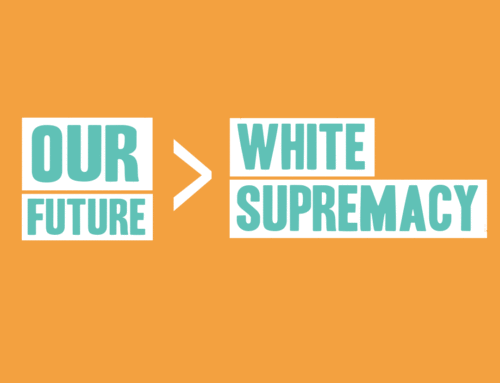by Naina Khanna
I still feel sick thinking about the Blunt amendment. Not two weeks ago, a bill that would have exempted employers from having to pay for birth control failed to pass the male-dominated Senate (83 men to 17 women) by a vote of 51 to 48 – entirely too close for this woman’s comfort.
Following her testimony at a Congressional hearing about employer-covered contraception, law student Sandra Fluke came under vicious public attack by Rush Limbaugh, media darling of the conservative right – whose show has now been dropped by 140 advertisers and counting.
Arizona is currently considering a law that would actually allow employers to fire women using contraception for non-medical reasons (and no, preventing pregnancy does not qualify as legitimate medical use!).
Funding for sex education and family planning has been under consistent attack. And lawmakers in South Dakota introduced a bill last month that if passed, could have justified state-sanctioned murder of doctors performing abortions.
This is just a smattering of the vicious, violent and utterly insane attacks on women that have occurred over the last few months.
Does anyone else feel like they are living in an episode of the Twilight Zone?
Thank goddess for Gary Trudeau, and his ability to make humor out of the most depressing situations.
As a woman living with HIV and working with HIV-positive women throughout the U.S., I know all too well what character assassinations, funding restrictions, and the overall environment can do to women.
At a recent meeting of the Presidential Advisory Council on HIV/AIDS (PACHA), national leaders in HIV prevention, care and research spoke eloquently of the HIV crisis among women in the United States and of the need to better integrate sexual and reproductive health services with HIV services, and to address child sexual abuse and violence against women as key aspects of our national HIV response.
Every single expert – researchers, medical doctors, psychiatrists, trauma experts, women living with HIV, and community-based advocates; fromentities as diverse as the National Institutes for Health (NIH) and Sisterlove, Inc., a women-led community based organization in Atlanta – every single expert keyed in on the relationship between HIV and violence against women as a factor that increases women’s vulnerability to acquiring HIV and that makes women likely to suffer poor health outcomes once diagnosed with HIV.
Dr. Laurie Dill, Medical Director of Medical AIDS Outreach of Alabama, shared a story from her clinical practice of trying to conduct a research study comparing the health outcomes of HIV-positive women who had experienced violence (the study group) with HIV-positive women who hadn’t (the control group). She could not recruit enough women to form a control group. That is, Dr. Dill was unable to find enough women living with HIV who had not suffered violence in their lives to undertake a scientifically legitimate comparative study.
If every expert at this national meeting from Alabama to Chicago to Atlanta to Washington, DC identified addressing violence against women as a major component of our HIV response, how did the National HIV/AIDS Strategy completely fail to articulate the relationship between HIV and violence for women? Similarly, how did the Strategy fail to identify securing sexual health and reproductive rights as pivotal to addressing the HIV epidemic?
Nor did the Strategy articulate a single goal to explicitly reduce new infections among women or to increase HIV-positive women’s access to care or quality of care (e.g. by ensuring integration of sexual and reproductive healthcare services in HIV care settings). Just last week, new data from the HIV Prevention Trial Network’s ISIS study showed that rates of HIV incidence among Black women in some geographic hotspots are five times higher than the estimated national average.
And while President’s Obama’s FY 2013 budget was relatively good for domestic HIV funding overall, he called for a reduction in funding for the only program specifically designed to keep women and youth affected by HIV care – the Ryan White Part D program; the only part of the Ryan White program to receive a cut in the President’s proposed budget.
These forms of violence are inextricably linked. Interpersonal and institutional violence cannot be seen in silos. Institutional violence, state-sanctioned violence against women, in the form of denial of medically necessary services, denial of equal pay, and failure to protect women’s bodily autonomy – paves the way for interpersonal violence. Media rampages attacking women pave the way for misogyny, for intimate partner violence, and ultimately for poor health outcomes that can complicate HIV vulnerability and disease progression.
Thankfully we have an opportunity to begin to rectify these serious omissions from our domestic HIV response and our transgressions against women. Today, the White House hosted a meeting to commemorate National Women and Girls HIV/AIDS Awareness Day by examining the intersection between violence against women, HIV, and gender-related health disparities. Let this be an opportunity to begin systematically incorporating an understanding of gender-based violence, sexual health,socio-economic factors, and reproductive rights into national and regional HIV prevention and care plans as well as concrete metrics for evaluation to which federal and regional responses will be accountable.
To achieve this, women will need to be present in meaningful and visible leadership at every step of policy and decision-making. Women’s rights, health care for women, women’s leadership, economic justice, and the HIV crisis among Black and Brown women are not separate issues. The lack of women, especially women of color, in decision-making roles inside and outside the HIV community, is no coincidence.
Let’s be clear: if Limbaugh would call Sandra Fluke a “slut” and a “prostitute”, he would call women living with and vulnerable to HIV a lot worse. It’s time the HIV community took a clear stand for women-centered services and to support women’s leadership.



